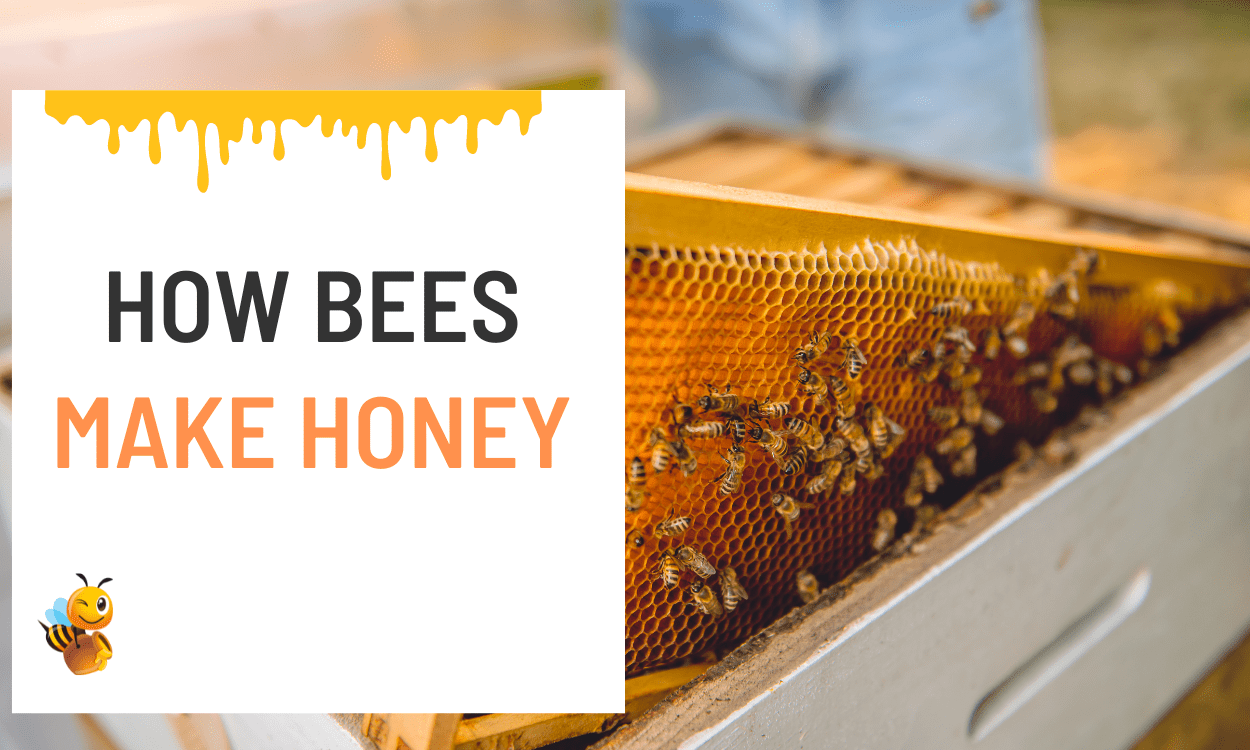

How Bees Make Honey: A Journey from Nectar to Sweet Gold
Bees, those tiny yet industrious creatures, play a crucial role in our ecosystem. Their most famous creation? Honey! But how do these little buzzers turn flower nectar into the golden elixir we drizzle on our morning toast? Let’s dive into the intricate process step by step.
Collecting Nectar
The journey begins with the worker bees. These foragers venture out from the hive in search of nectar. They fly up to 3.1 miles (5 km) and visit between 50 and 100 flowers per trip. Imagine the busy highways of bees crisscrossing fields and gardens!
Using their long straw-like tongue called a proboscis, honeybees suck up nectar droplets from the flower’s nectary. Nectar is essentially a sweet liquid secreted by flowers to attract pollinators. It’s the primary ingredient for honey and serves as the main energy source for bees.
Inside the Hive
Once the worker bees return to the hive, they pass the collected nectar to house bees. These house bees are younger bees, aged between 12 and 17 days old. Their job is to process the nectar further.
Inside the hive, house bees take the nectar and pack it away in hexagon-shaped beeswax honey cells. These cells form the honeycomb, a beautifully organized structure where the magic happens.
Conversion into Honey
Now comes the alchemical transformation. House bees convert nectar into honey through a series of remarkable steps:
- Evaporation: The house bees fan their wings over the honeycomb cells containing nectar. This fanning action evaporates water from the nectar, reducing its moisture content. Think of it as bees blow-drying their nectar!
- Enzymatic Magic: Simultaneously, house bees secrete an enzyme called invertase. This enzyme cleaves the sucrose bond in nectar into simpler sugars: glucose and fructose. The sugar concentration in the honey reaches around 18-19%.
- Storing in Cells: As the nectar dries out and transforms into honey, house bees cap the honeycomb cells with fresh beeswax. It’s like sealing little honey jars. These capped cells protect the precious honey from moisture and contaminants.
- The Winter Survival Strategy
Unlike many other bees, honeybee species don’t hibernate during winter. Instead, they stay active in their hives. Honey becomes their lifeline. Here’s how it works:
- Cluster for Warmth: During cold months, bees cluster together, vibrating their wing muscles to generate heat. The honey they’ve diligently produced provides essential energy for this survival strategy.
- Uncapping and Sharing: When flowers stop blooming and nectar becomes scarce, bees can uncap the honeycomb cells and share the stored honey. It’s a communal effort to keep the colony alive.
In Conclusion
Next time you enjoy a spoonful of honey, savor the remarkable journey it took—from flower to hive to your kitchen. Bees, with their teamwork, enzymatic prowess, and precise storage techniques, gift us this sweet miracle.
Remember, every drop of honey represents countless flower visits, tireless wing flaps, and the collective wisdom of the hive. So let’s raise our honey jars to these incredible pollinators!